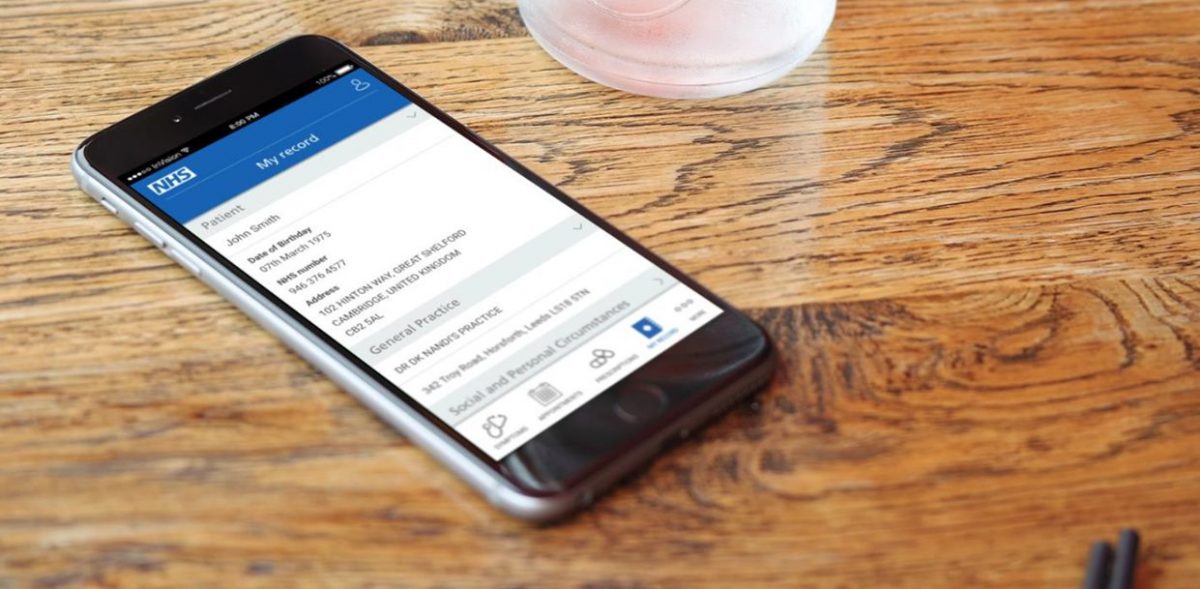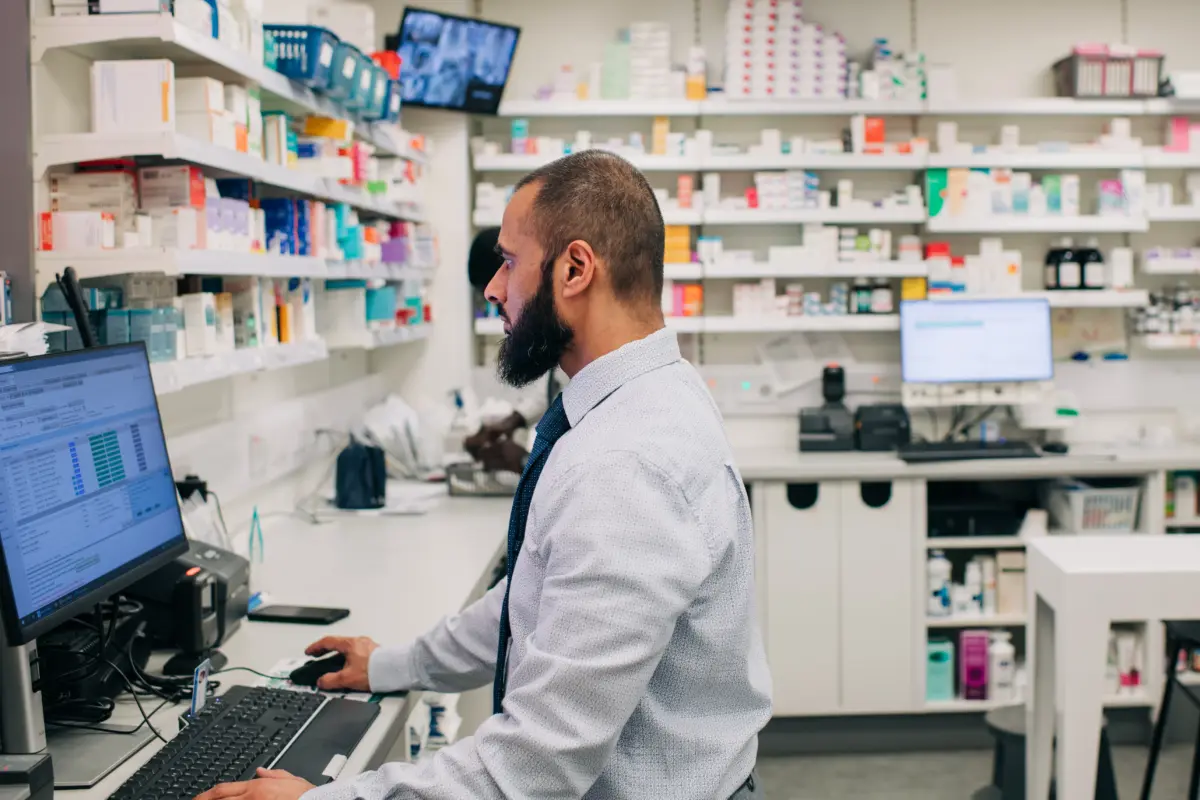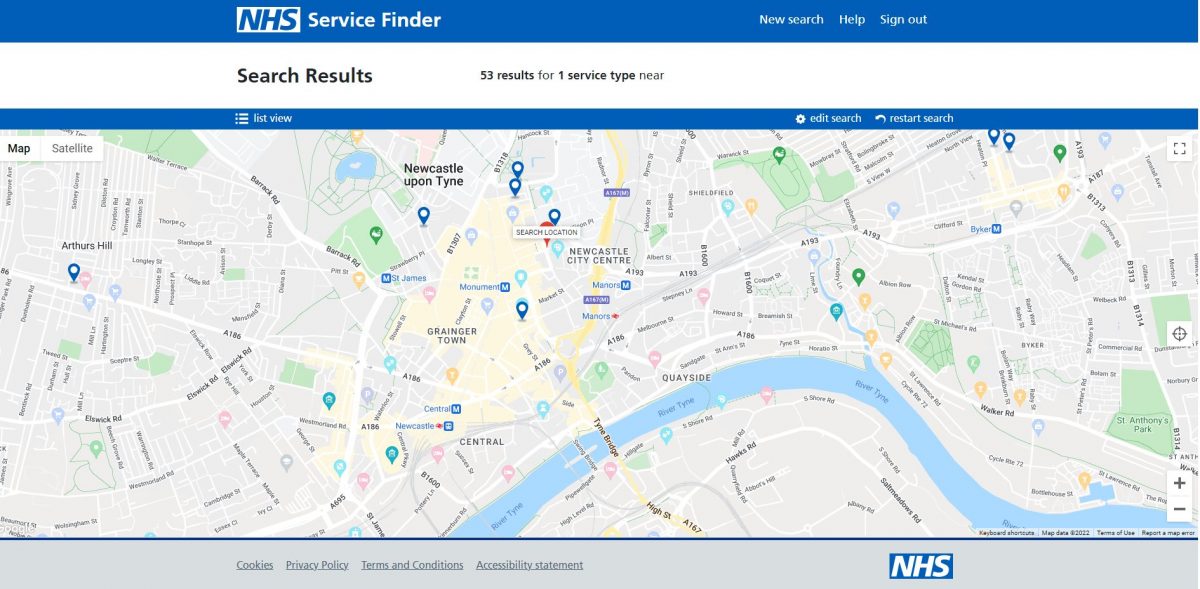Personal Demographics Service (PDS)
Published on: 14th September 2015 | Updated on: 25th March 2022
 The Personal Demographics Service (PDS) is the electronic national database of NHS patient demographic details such as name, date of birth, NHS Number, and EPS nomination setting.
The Personal Demographics Service (PDS) is the electronic national database of NHS patient demographic details such as name, date of birth, NHS Number, and EPS nomination setting.
Registration Authorities (RAs) register all pharmacy team members who are allowed access via the Smartcard model.
The PDS supports a patient being accurately identified by pharmacy teams, GP practice staff and other relevant NHS staff. PDS records are usually created when patients first register with a GP and newly-born-babies are now also allocated with an NHS number.
Pharmacy teams access PDS through their pharmacy’s local PMR system, or via secure web-based portals.
The PDS is a component part of the central NHS Spine (the national databases of key information about patients’ health and care). Clinical or sensitive data is not included within PDS (e.g. ethnicity or religion).
A few of the key fields involved and their descriptions are listed below:
| PDS fields | Description of data |
| NHS number | The unique patient identifier. |
| Patient name | Including preferred name, e.g. Rob rather than Robert. |
| Date of birth | The patient’s date of birth. |
| Date of death | The patient’s date of death. |
| Gender | Gender. |
| Address | Includes main, temporary and correspondence addresses. |
| Contact details | E.g. telephone number, email address etc. |
| Nominated dispensing contractor | The patient’s nominated dispensing contractor which may include a community pharmacy, dispensing appliance contractor and a dispensing doctor. |
A table with further fields:
| PDS fields | Description of data |
| Primary care | The GP Practice with whom the patient is registered. |
| Preferred contact times | Patient’s preferred contact times. |
| Preferred contact method | The patient’s preferred contact method, e.g. telephone contact, sign language preferences etc. |
| NHS Care Record consent to share status | Indicates that the patient has agreed to share their health record. |
| Serial change number | The mechanism for synchronising local and national records. |
NHS Digital have provided an e-learning course (external link) open to all NHS staff including pharmacy team members. It has been designed to improve understanding of PDS and how demographic data is used through clinical systems such as the PMR system.
It consists of modules:
- Introduction
- Security and confidentiality
- Tracing a patient
- The PDS patient record
Q. What information governance controls are in place regarding PDS?
All NHS providers, including community pharmacies need to provide information governance assurances to the NHS on an annual basis.
The PDS has various information governance controls in place to protect patient information such as:
- Actions taken by all Smartcard users including pharmacy team members are recorded (Tracing, retrievals, updates etc)
- Role-based access control so staff can be provided with the level of access required for the role
- Certain people require extra protection from unauthorised access. Sensitive record controls that prevent local healthcare professionals from accessing PDS information when patient records are flagged as sensitive
- Auditing tools for ‘privacy officers’ so they are able to view who has looked at or amended PDS records so as to identify appropriate use.
Further info
Read more at:
- Notes for PDS users (NHS Digital) – N3 connection required.
- PDS (NHS Digital).
If you have queries on this webpage or you require more information please contact it@cpe.org.uk. To share and hear views about digital developments with like-minded pharmacy team members, join the CP Digital email group today.
Return to the IT section: Connectivity
Return to the IT section: NHS IT systems
Return to the IT webpage: Spine












